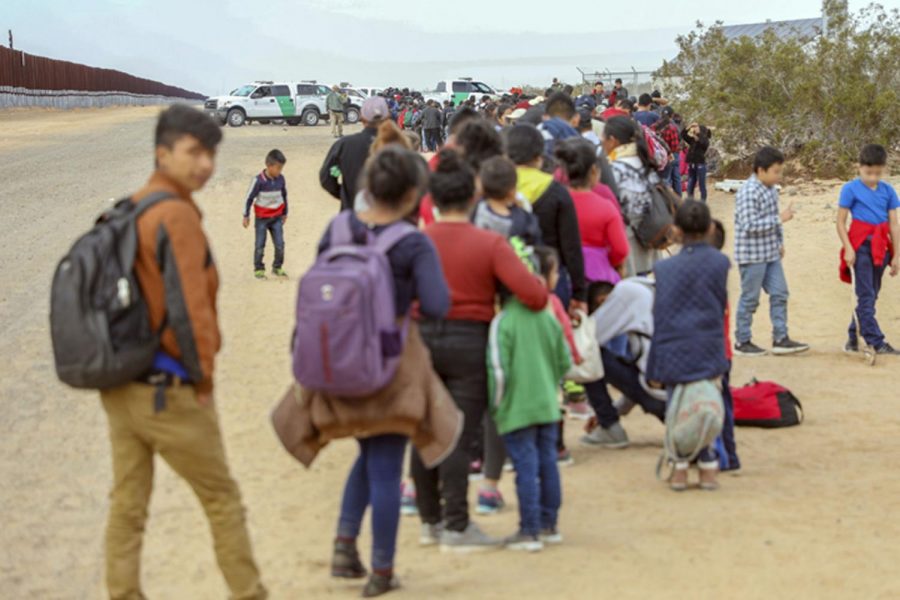U.S. Border situation is far from a crisis
January 21, 2019
The government shutdown continues into its fourth week, caused by a so-called “crisis” at the border that is neither new nor dire.
Border apprehensions have been on a stark downward trend since the early 2000s, according to a 2014 Pew Research Center article, and the illegal drugs smuggled over the border are a minor issue compared to rising prescription drug overdose deaths.
The issues at the border are humanitarian in nature and should be approached with compassionate cooperation rather than a partisan stand-off.
From 2012 to now, peak apprehensions at the border were reached in May 2014 at 68,804 people apprehended, according to U.S. Customs and Border Protection. This peak was reached in a time of similar humanitarian need: Annual apprehensions of Unaccompanied Alien Children (UAC) jumped from 38,759 in 2013 to 68,541 in 2014.
The 2014 administration responded with a written testimony July 9 of that year, containing 11 clear steps toward humanitarian assistance. The testimony detailed government cooperation with non-profits, volunteers and faith-based organizations in providing temporary shelter for UACs — a stark contrast to the horrors of September’s migrant children detainment fiasco.
Further steps included efforts to educate families in Central America of the inherent dangers in a minor’s journey alone across the border.
Compare these responses to the currently gridlocked solution: a steel wall stretching the entirety of the southern border. This option is expensive and inelegant.
Instead, a fraction of the staggering $5.7 billion requested could go toward similar humanitarian responses as those of 2014, and another fraction could go toward the internal opioid crisis in the U.S.
The National Safety Council moved opioid overdoses up to the fifth leading cause of preventable deaths in 2018, moving above car accidents.
Since 1999, the number of these deaths has increased 544 percent, according to the Council’s data. These deaths have little to do with the manufactured drug problem at the border; most who have abused prescription painkillers get them from friends and family, according to the Council’s survey.
Over-prescribed opioids need to be addressed, not an illusory drug crisis at the border. Furthermore, U.S. Customs and Border Protection data shows most drugs coming from the South are brought through legal points of entry; the wall would do nothing to stop that.
In spite of the political circus, Americans protest through action. The National Network for Immigrant and Refugee Rights continues to work against what the wall represents. They actively support “just and humane border practices,” according to their website, maintaining an image of the U.S. as a welcoming nation.
NIU has similarly humane policies, allowing undocumented immigrants to apply and granting them in-state tuition and maintains an Undocumented Student Resources department. Other organizations like Immigrants Rising provide financial aid to students who are immigrants, assisting those “most affected by unequal access to opportunities,” according to their website. Fortunately, the conflict over the wall does not represent the nation.
Pay attention to what goes on outside the government and the news cycle; there, Americans still strive against the wall and its symbolic us vs. them.


